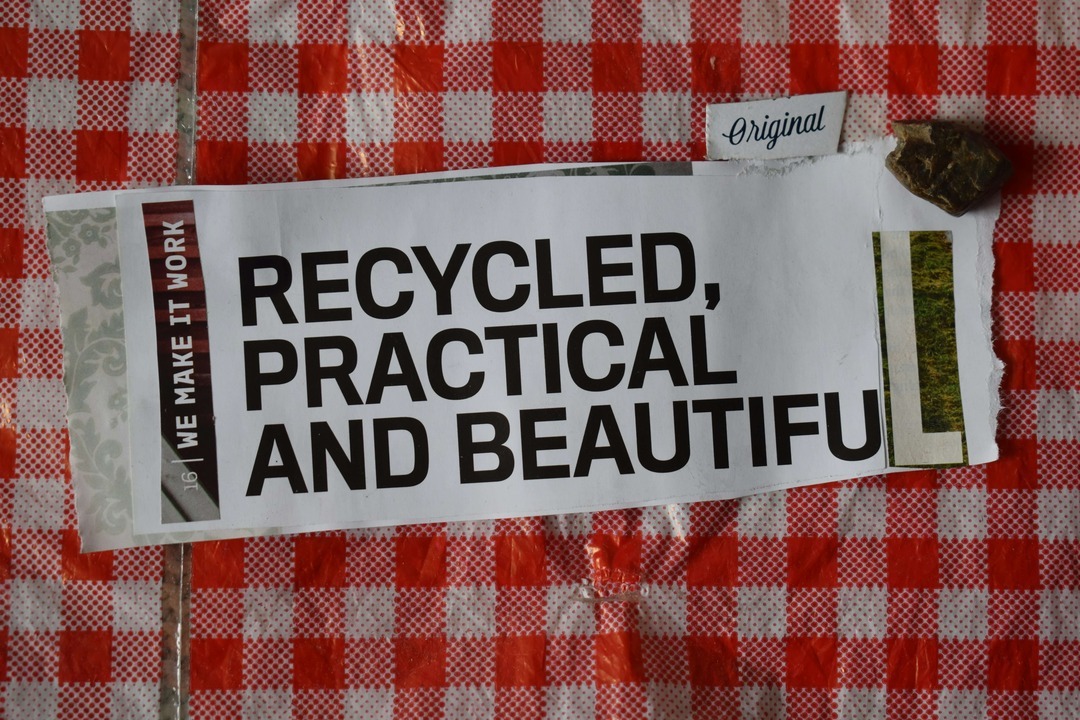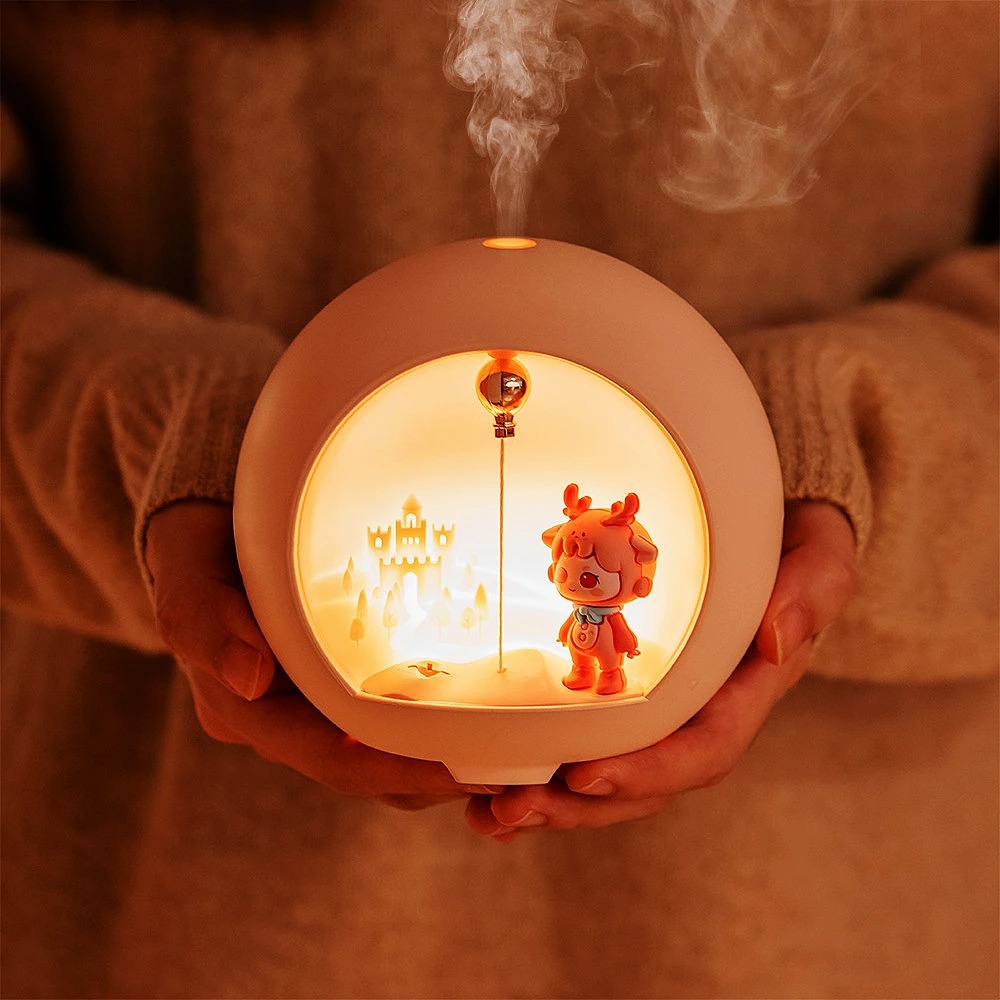
As the nights begin to draw in and summer’s heat fades fast, we may spend less time in our gardens and mourn the departure of the sun. But for me, fall is absolutely my favorite time of the year. Though the days are shortening rapidly and the summer garden may be fading fast, there is a lot to love about a garden in this season.
As gardeners, we often focus on the physical yields that our gardens can provide. But fall is a time for contemplation. After the primary annual harvests are in, and we have put up and preserved food for the winter, we may have the time and energy to think about the intangible yields a garden can provide, as well as the tangible ones.
At the turn of the year, we can think more not only about the produce we grow, but also about the way our gardens make us feel. This is a time when we can and should really feel a connection to the passing seasons.
It is this closeness to nature and the sense of really feeling a part of the world around us that, for me, makes the fall garden such a magical place to spend some time.
Fruitful Bounty
A fall garden can still be a hugely productive space. While summer annual main crop harvests may well have been gathered in, fruit trees will often still be producing an abundance of fruit, their laden branches bending under the weight.
For those who work hard to grow food more intensively, the natural bounty of fruit trees in fall can be a wonder—gifts from nature that have taken far less time and effort on our part to grow.
Fall can also be a time when we observe the fruiting bodies of fungi in our gardens—the visible portions of vast underground networks that inhabit our gardens and aid us in our gardening efforts. Edible or not, mushrooms are an amazing sign of the strangeness, wonder, and abundance of the natural world.
Observing Nature’s Cycles
Where I live in Scotland, fall (or autumn as we call it) is a time of immense change. From the last warm sunny days of the harvest time, through to the rains, storms, and first frosts, we see more clearly than at other times the turning of the seasons.
We are on a clear trajectory and know precisely where we are going. The days rapidly grow shorter, and everywhere we see the natural world around us responding to the changes in the environment—fading, dropping their leaves, and returning nutrients to the soil.
In fall and in spring, we see nature’s cycles of decay and renewal up close. Fall is a time when all that energy harnessed and gathered from the sun during the summer months is returned to the earth, allowing for the ongoing health and fertility of the garden.
As we watch the leaves descend and smell the earthy smell of fall in the crisp air, we can feel, in a very real and visceral way, the powerful cycles of the natural world.
For me, this is a time when I feel more connected to nature in all its awesome power. It’s a time when I can truly appreciate not only the natural world, but also feel more keenly than at other times my own place within it.
Wildlife Wonders
There are, of course, still plenty of jobs to be done in a fall garden, as we prepare for the months to come. But it is also important simply to observe. In fall, as I spend time gathering leaves to make leaf mold, tending to my composting systems, and harvesting fall produce from my forest garden, I also love the opportunities to watch wildlife around us.
Huge flocks of migratory birds, the murmurations of local species, rutting deer bellowing on the hills and in the woodland, and—more earthbound and much smaller—the amazing variety of life that toils to return organic matter to the soil are just some of the wonders of the season.
Seeing the wildlife around us and how it responds to the changing seasons can help us to feel more rooted in the present, and to see how our own lives are also shaped by those seasons. We can share commonalities with all creatures as we prepare and settle down for the colder months to come.





